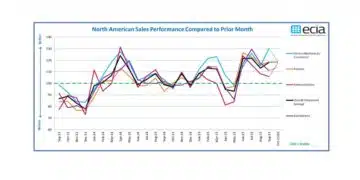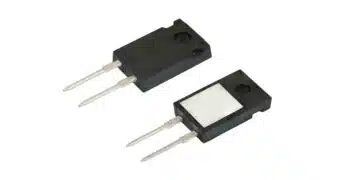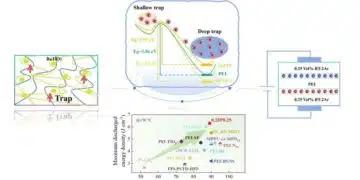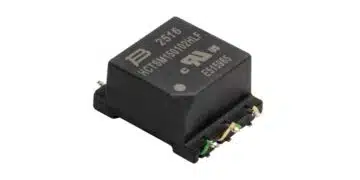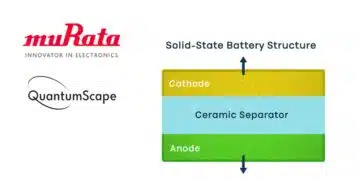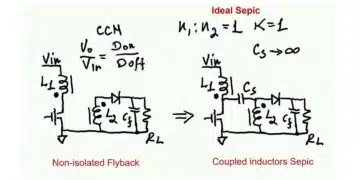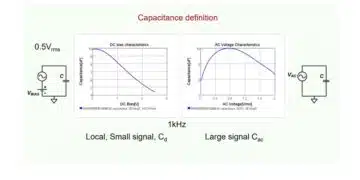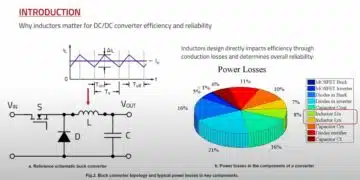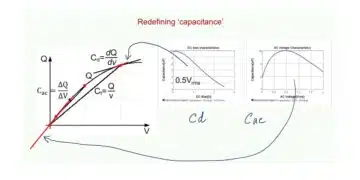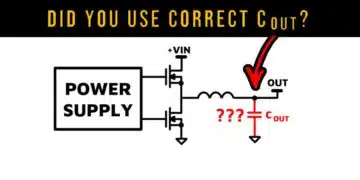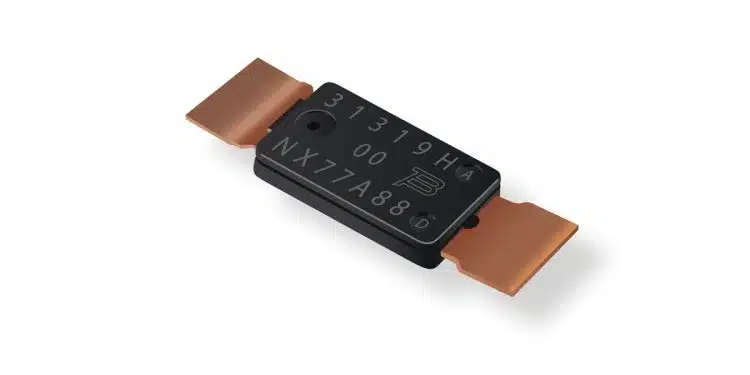Bourns is pleased to announce the introduction of its new Model NX Series of Miniature Resettable Thermal Cutoff (TCO) Devices.
This series combines the footprint size of the highly successful Model NR Series and a similar current carrying capability to the Model AC Series.
While the new Model NX Series has the same footprint as the Model NR series, it can carry 40 % more current. This is the result of numerous technological developments including the use of new high conductivity electrode materials.
These new features enable the Model NX Series to have a typical resistance level of just 1.2 milliohms and 3 milliohms maximum.
The new Model NX Series is available with four trip temperature options of 77 °C, 82 °C, 85 °C and 90 °C – all of which operate within a ±5 °C tolerance. This series also affords current capabilities from 12 A to 20 A at 60 °C and is available with or without welding projections.
The very low profile height of 0.94 mm and body width of 2.8 mm make this series ideal for high energy density, smaller batteries such as next-generation notebook PC and tablet battery cells, as well as handheld and wearable electronics.
These devices utilize a high rated corrosion resistant bimetal mechanism for better endurance in humid environments compared to standard TCO devices. This new Model NX devices are RoHS compliant* and are UL recognized.
Features
- Mini-breaker Thermal Cutoff (TCO) device
- Smaller body size and high current capacity
- Overtemperature and overcurrent protection for lithium polymer and prismatic cells
- Controls abnormal, excessive current virtually instantaneously, up to rated limits
- Wide range of temperature options
- Enhanced corrosion resistance
Applications
- Battery cell protection for:
- Notebook PCs
- Tablet PCs
- Smart phones


